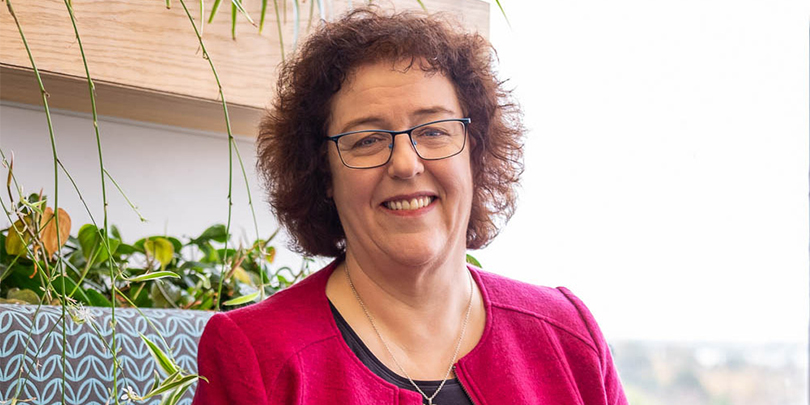
The National Catholic Education Commission is calling for a broader discussion on educational disadvantage in Australia, highlighting that it is a challenge faced across all schooling sectors, not just government schools.
NCEC executive director Jacinta Collins said despite the often-skewed analysis presented by some groups, disadvantage is a growing issue for all sectors, particularly Catholic schools.
“With approximately two-thirds of Australian students enrolled in government schools, it is expected that these schools will have the highest number of students experiencing disadvantage,” Ms Collins said.
“However, Catholic and other non-government schools also educate a substantial and growing proportion of students from disadvantaged backgrounds and play a critical role in ensuring educational equity.
Catholic Education has been included as a part of a cross-sectoral reference group on the University of Technology Sydney and Ramsay Foundation fellowship project led by Dr Michele Bruniges into concentrations of disadvantage.
This project confirms that disadvantage has increased in all school sectors across Australia in recent years.
The research also shows there have been significant improvements made by targeting support to students from disadvantaged backgrounds.
The number of students from disadvantaged backgrounds in Catholic schools is increasing, with over 42 per cent of students falling into the bottom two quartiles of socio-educational advantage.
For government schools, 57 per cent of students are in the bottom two quartiles and 30 per cent for other non-government schools.
“Unlike government schools, parents in Catholic schools are required to contribute at least the minimum of 10 per cent of the Schooling Resource Standard,” Ms Collins said.
“For families experiencing severe financial hardship, these contributions are often out of reach, yet Catholic schools remain committed to providing high-quality education to all students, regardless of their background through financial hardship provisions and other affordability measures.”
Ms Collins said it was vital that discussion on funding and support for disadvantaged students “include all sectors so that every child, no matter where they live or what school they attend, has the opportunity to succeed”.
FULL STORY
Addressing growing educational disadvantage is an issue for all school sectors (NCEC)






